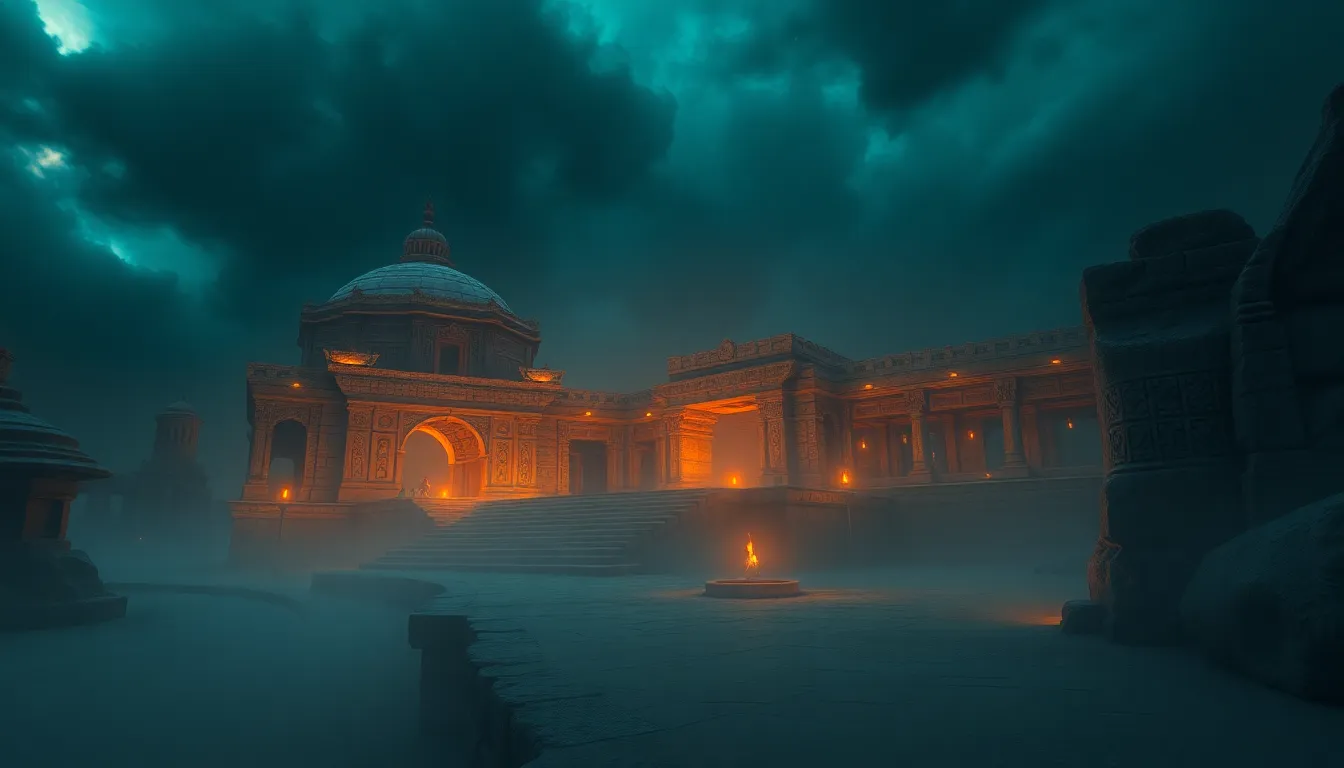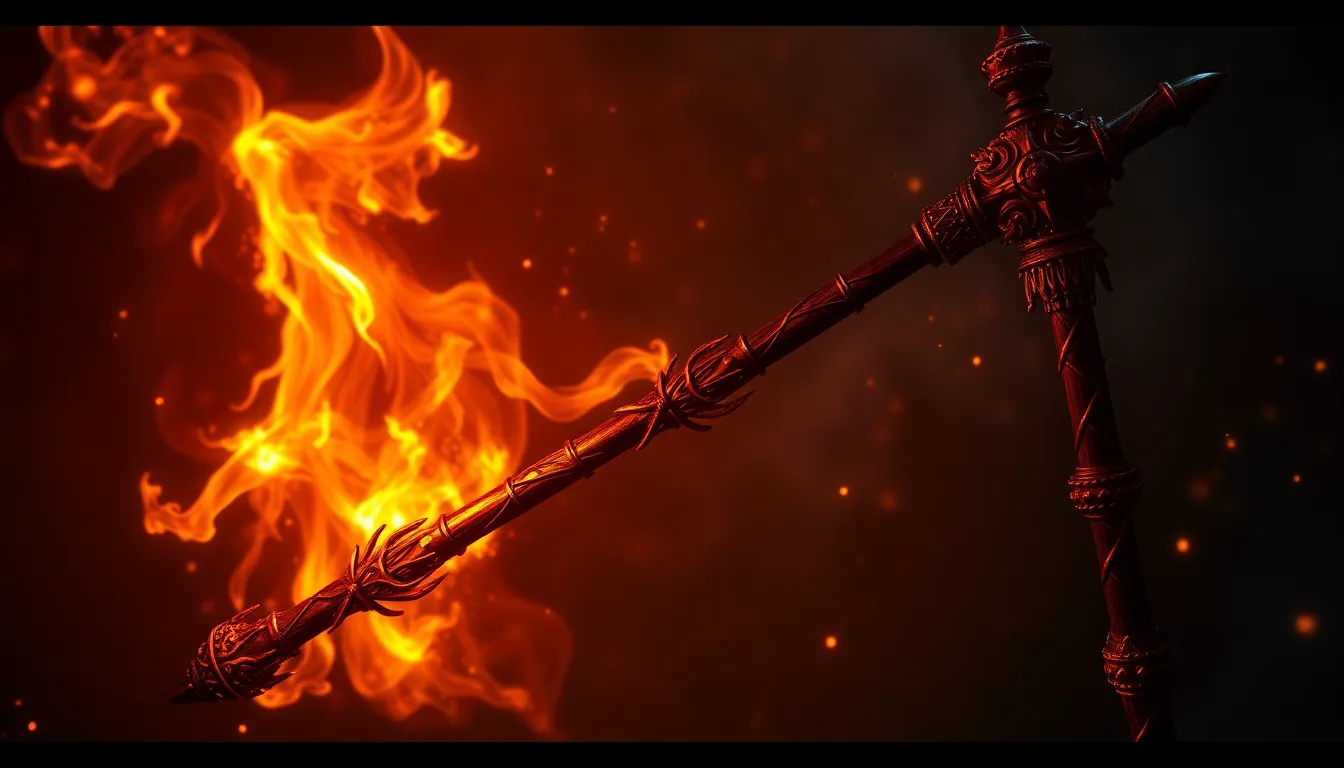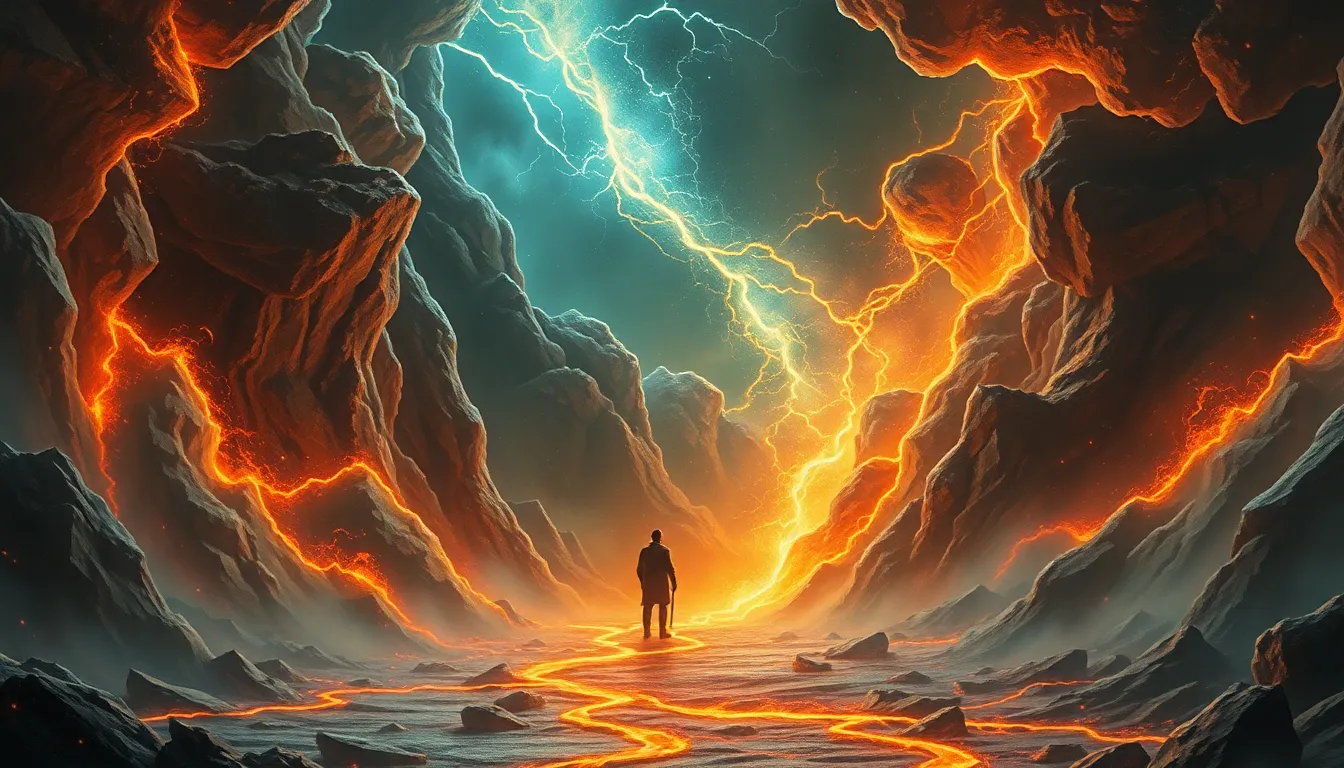The Prophecies of the Ancient Indians: What Did They Know?
I. Introduction
Ancient Indian civilization, one of the oldest in the world, is renowned for its rich cultural heritage, philosophical advancements, and spiritual depth. At the heart of this civilization lies a deep reverence for prophecies, which played a significant role in guiding the thoughts and actions of its people. Prophecies in ancient Indian culture were seen as divine insights that could illuminate the path of the future, offering guidance and warnings about the choices to be made.
The purpose of this article is to explore the various aspects of ancient Indian prophecies, delving into their historical context, key texts, types, notable case studies, and the impact they had on society. By examining these elements, we aim to gain a deeper understanding of what ancient Indians knew and believed about the future.
II. Historical Context of Indian Prophecies
To fully appreciate the significance of prophecies in ancient India, one must consider the historical context in which they emerged.
- A. Timeline of major ancient Indian texts and their significance: The Vedas, composed around 1500 BCE, are some of the earliest sacred texts, containing hymns and rituals that reflect early prophetic insights. The Upanishads, dating from 800 to 400 BCE, delve deeper into philosophical concepts and mystical knowledge, including prophecies about the soul and the universe.
- B. The role of sages and seers in ancient Indian society: Sages, or Rishis, were revered figures believed to possess the ability to see beyond the present. They served as spiritual guides and were often consulted for their insights into future events.
- C. The influence of geography and politics on prophetic traditions: The diverse landscapes of India, from the Himalayas to the plains of the Ganges, along with the various kingdoms and empires, shaped the nature of prophetic traditions, intertwining them with local cultures and power dynamics.
III. Key Texts Containing Prophecies
Several ancient texts serve as primary sources for understanding the prophetic traditions of India.
- A. The Vedas: These texts, particularly the Rigveda, contain hymns that reference cosmic events and the cyclical nature of time, hinting at future occurrences.
- B. The Upanishads: Known for their philosophical depth, the Upanishads discuss the eternal truths and the cyclical nature of the universe, providing insights into human destiny.
- C. The Mahabharata and Ramayana: These epic narratives weave prophecies into their plots, with characters often foreseeing events that shape the course of their lives and the lives of nations.
IV. Types of Prophecies in Ancient Indian Literature
Ancient Indian literature is rich with various types of prophecies that reflect the diverse beliefs of the time.
- A. Astrological predictions and their significance: Astrology played a crucial role in ancient Indian prophecies, with predictions based on the positions of celestial bodies.
- B. Philosophical prophecies concerning human fate and dharma: Many texts explore the idea of dharma, or righteous duty, and how it shapes individual destinies.
- C. Apocalyptic visions and end-time scenarios: Certain texts contain predictions about the end of the current age, known as Kali Yuga, and the eventual renewal of the world.
V. Case Studies of Notable Prophecies
Several prophecies from ancient Indian texts stand out for their significance and impact.
- A. The prophecy of the Kalki Avatar: This prophecy foretells the arrival of the tenth avatar of Vishnu, who will appear in a time of chaos to restore righteousness.
- B. Predictions of natural disasters and their interpretations: Ancient texts often interpreted natural calamities as omens or messages from the divine.
- C. Historical events and their prophetic foreshadowing: Many historical events in Indian history have been retrospectively linked to prophecies, adding layers of meaning to their significance.
VI. The Role of Astrology in Ancient Indian Prophecy
Astrology, or Jyotish, is a central aspect of ancient Indian prophetic traditions.
- A. Overview of Jyotish: Jyotish is the science of light, which studies the movements of celestial bodies and their influence on human affairs.
- B. Connection between planetary movements and prophetic insights: Astrological calculations were believed to reveal significant events and trends in human life.
- C. Case studies of astrological predictions that came true: Throughout history, there have been numerous instances where astrological predictions have been viewed as accurate, reinforcing the belief in their validity.
VII. The Impact of Prophecies on Indian Society
The influence of prophecies on Indian society has been profound and multifaceted.
- A. Influence on political decisions and leadership: Kings and rulers often consulted sages for prophetic insights before making crucial decisions.
- B. Effects on social behavior and cultural practices: Prophecies have shaped festivals, rituals, and community beliefs, influencing how societies perceive and respond to events.
- C. The legacy of prophecies in modern India: The historical significance of these prophecies continues to resonate in contemporary India, affecting spiritual practices and cultural identity.
VIII. Critiques and Controversies Surrounding Ancient Prophecies
Despite their revered status, ancient prophecies have faced scrutiny and debate.
- A. Debates among scholars regarding authenticity and accuracy: Scholars often discuss the historical accuracy of certain prophecies and their interpretations.
- B. Comparison with other prophetic traditions globally: Ancient Indian prophecies are often compared with those from other cultures, leading to intriguing discussions about their similarities and differences.
- C. The role of interpretation and cultural context: The interpretation of prophecies can vary significantly based on cultural and temporal contexts, leading to differing understandings.
IX. Modern Interpretations and Relevance
In contemporary society, ancient Indian prophecies are viewed through various lenses.
- A. How ancient prophecies are viewed in contemporary society: Interest in these prophecies has surged among those seeking spiritual guidance and understanding of current events.
- B. Influence on modern spiritual movements: Many modern spiritual movements draw inspiration from ancient prophecies, integrating them into contemporary practices.
- C. The intersection of science and ancient prophecies: Some scholars and practitioners explore the relationship between scientific understanding and ancient prophetic insights, seeking common ground.
X. Conclusion
In summary, the prophecies of ancient India reveal a complex tapestry of beliefs, practices, and wisdom that has shaped the civilization for millennia. From the sacred texts that contain profound insights to the societal impact of these prophecies, the legacy of ancient Indian prophecies endures. As we explore their significance, we appreciate the depth of understanding that ancient Indians possessed regarding the cosmos, human destiny, and the unfolding of time.




